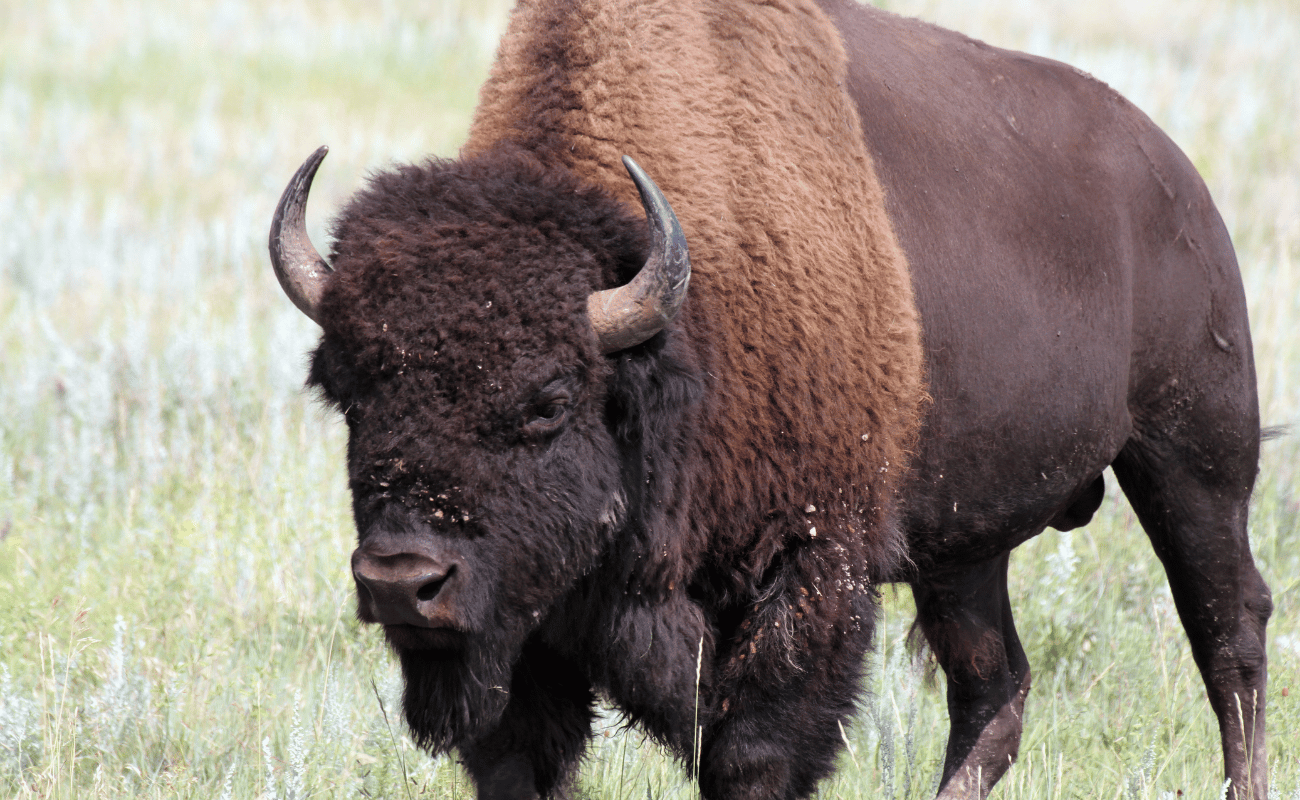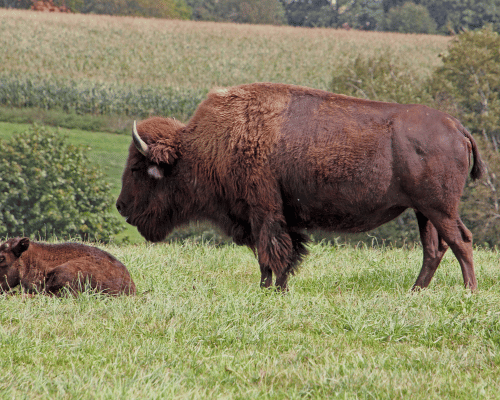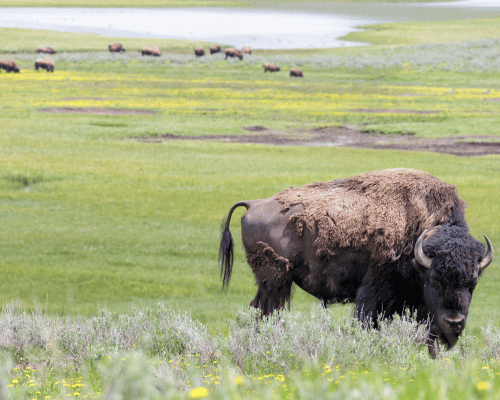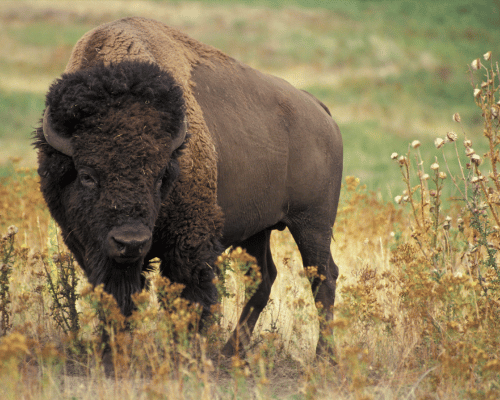Where can I see wild Bison?

What animal most frequently comes to mind to people when they think of “WILD”?
Bison are one of the most recognizable, iconic figures of the American West.
During the late 1800’s, they numbered in the millions. Now, around Jackson, WY there are about 500. In Yellowstone National Park, there are about 5,000 animals. Both groups can be seen fairly easily. Elsewhere in western North America and Canada, there are some “wild” populations, but few that are truly wild (unfenced) like those in Jackson and Yellowstone. The Yellowstone herd is genetically pure. The Jackson herd is not and are descendants of about a dozen bison which escaped from a ranch near Moran, WY back in the 1960’s.



Encountering the Majestic Bison: A True Icon of the Wild
When pondering the essence of the “wild,” the Bison invariably emerges as a symbol that encapsulates the untamed spirit of the American West. This incredible creature holds a storied history:
Bison are herd animals and therefore travel in groups. They are grazers and feed on native grasses. An adult bull can weigh 2,200 lbs and run 35 miles an hour. Their body structure makes things more easy than for other animals when trying to find grasses buried under feet of snow. Specificly, their neck and shoulders are massive, allowing them to remove snow with their heads from the grasses they seek below. Bison normally have 1 calf in spring, which can weigh 40 lbs at birth. It is said and written that a Bison can jump a 6 ft fence. I’ve only seen them jump a 4 ft fence. Regardless, they are large animals that can be very athletic.
Here around Jackson, the local herd does not “migrate”, but they do move around. Primarily, from the area right around town to an area about 30 miles north (within Grand Teton National Park). In contrast, a portion of the bison in Yellowstone herd does “migrate” north onto private ranch lands in late winter.
There, the concern amongst ranchers is that Bison may transmit Brucellosis to the cattle/sheep. Special winter hunting seasons have been allowed to Native American Groups as well as ranchers.
Though slow and unintelligent looking, Bison are an iconic and beautiful wild animal to see up close.
Let Teton Wild Custom Wildlife Tours give your group an up close view and information about these and other animals in the Greater Yellowstone Ecosystem.




